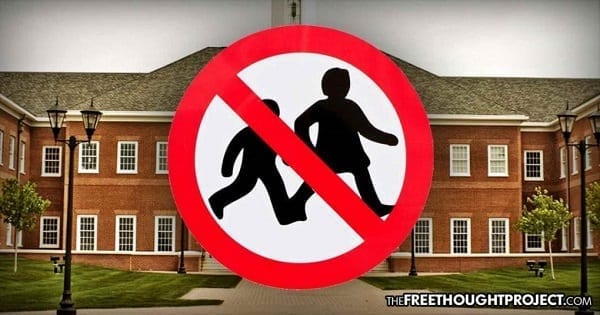Mental health issues have risen significantly over the last decade and the rise of digital media may be one reason why, according to a national survey released March 14th. The research, published by the American Psychological Association, found sharp increases in the number of young adults and adolescents who reported experiencing negative psychological symptoms — specifically in those born in 1995 or later, known as iGen. Coincidentally, the greatest spike in symptoms occurred in 2011, around the same time social media bursts onto the scene. No corresponding increase was observed in older adults.
“We found a substantial increase in major depression or suicidal thoughts, psychological distress, and more attempted suicides after 2010, versus the mid-2000s, and that increase was by far the largest in adolescents and young adults,” said lead author Jean Twenge, author of the book “iGen” and professor of psychology at San Diego State University. “These trends are weak or non-existent among adults 26 years and over, suggesting a generational shift in mood disorders instead of an overall increase across all ages.”
Twenge and her team analyzed data from the National Survey on Drug Use and Health, a nationally representative survey that has looked at drug and alcohol use, mental health, and other health-related issues in U.S. individuals age 12 and over since 1971. They looked at survey responses from more than 200,000 adolescents age 12 to 17 from 2005 to 2017, and almost 400,000 adults age 18 and over from 2008 to 2017.
The questionnaire did not ask participants if they were diagnosed with depression or another mental condition, but instead asked individuals if they had experienced depressive symptoms in the past year. The rate of individuals reporting symptoms consistent with major depression in the last 12 months increased 52 percent in adolescents from 2005 to 2017 and 63 percent in young adults age 18 to 25 from 2009 to 2017, the researchers found. There was also a 71 percent increase in young adults experiencing serious psychological distress in the previous 30 days from 2008 to 2017.
And the rate of young adults with suicidal thoughts or other suicide-related outcomes increased a staggering 47 percent from 2008 to 2017.
One reason for the increase may be that digital media use has had a bigger impact on teens and young adults than older adults who tend to have more stable social lives.
“Cultural trends in the last 10 years may have had a larger effect on mood disorders and suicide-related outcomes among younger generations compared with older generations,” said Twenge.
These results, which are unlikely to be due to genetics or economic woes, suggest that more research is needed to understand how digital communication versus face-to-face social interaction influences mood disorders and suicide-related outcomes, she added.
Recent studies have shown that more social media use is associated with increased reported symptoms of social anxiety, social isolation, and feelings of loneliness.
Aaron Fobian, clinical psychologist and assistant professor in the department of psychiatry at the University of Alabama at Birmingham, cautions against confusing the association of social media use and mental health conditions with cause and effect.
“We can’t say for certain that the rise we’re seeing is the direct result of social media use,” Fobian told NBC News. “For example, teens could have depressive or anxious symptoms and therefore spend more time on social media outlets to look for a way to connect.”
The new survey also found that young people are not sleeping as much as previous generations, which may also play a role in the rise of mental health issues. Sleep deprivation affects mood and is associated with anxiety and depression, research shows.
“Teenagers definitely use social media in a way that affects their sleep,” said Fobian. “They are exposed to light right before bed and that light exposure alone delays their sleep by 30 minutes. It also affects their social interactions with others.”
Twenge and Fobian urge parents to limit overall social media use and encourage their children to engage in social activities.
“It’s important to think more mindfully about how we use our amusement time. That means getting more sleep and spending less time with digital media,” said Twenge.
Twenge encourages parents to uphold a “no phones in the bedroom” rule by setting up charging stations outside the bedroom. And parents should set the example by not only participating in the policy, but also discontinuing their phone use within one hour of bedtime, Fobian said.
“How lack of sleep and overall screen time affects one’s mental health is a real thing,” Fobian said. “And it’s not just screen time, but it’s also what screen time has replaced. That matters because spending time with people face to face is a big protective factor against depression.”
“We sometimes assume that communicating electronically is as good, but it’s not,” Fobian concluded.
The results of the study are published in the Journal of Abnormal Psychology.
Source: NBC News



